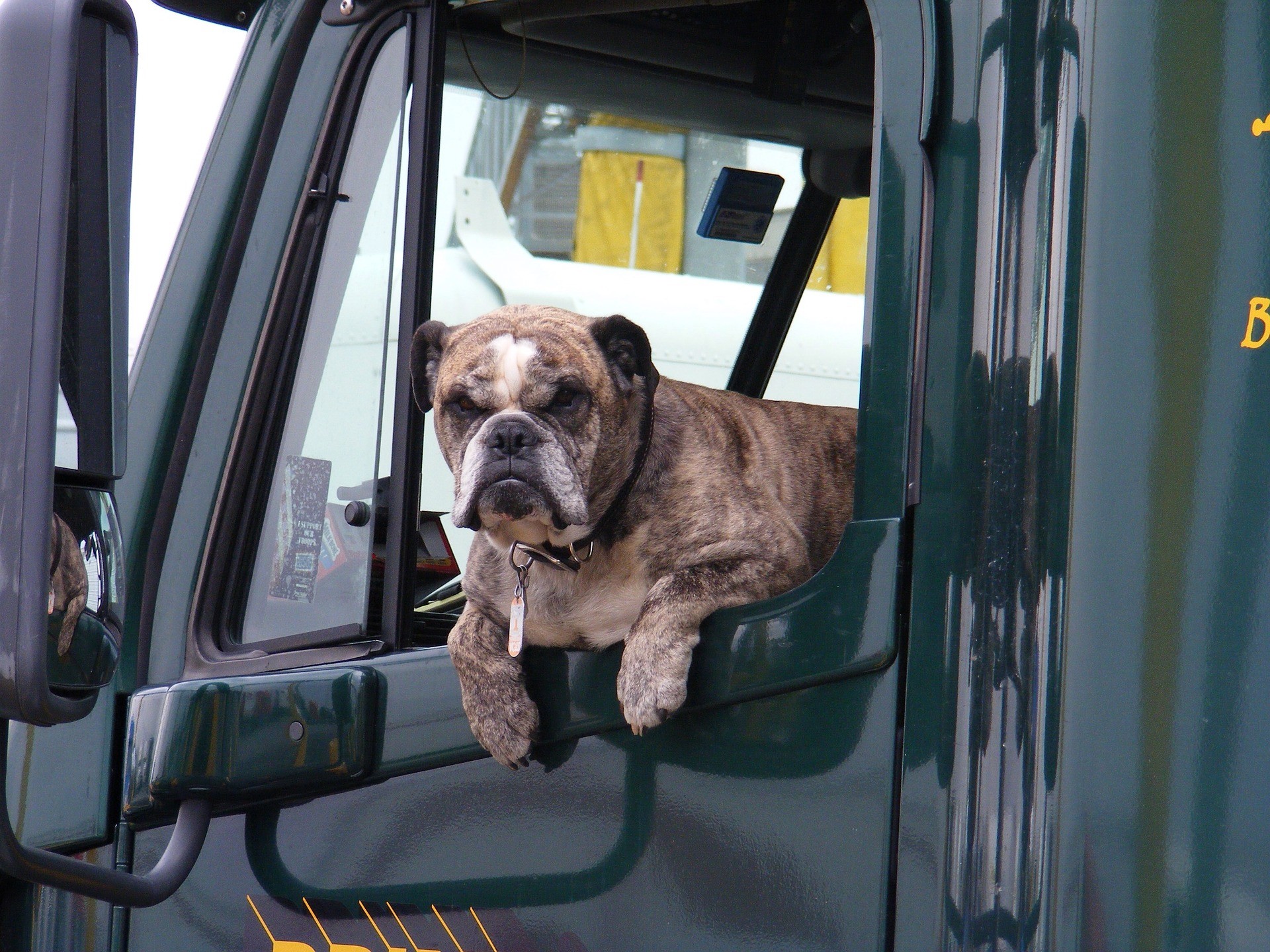Your organization’s assets represent a massive investment; asset tracking provides visibility into their status, location and usage. As a result, these solutions can help optimize your assets’ efficiency and extend their lifecycle, saving your organization money in the short and long-term.
Are you interested in asset trackers for your business but not sure where to start? This guide will provide you with everything you need to know about this essential fleet management technology.
What Is Asset Tracking?
Asset tracking refers to the process of monitoring physical property. It’s a strategy used by countless organizations to keep tabs on their valuable items and gain insight into the way they’re used.
This concept has been around for decades, traditionally taking the form of paper-based spreadsheets and notes. As technology has evolved, so too has the process, to the point where most asset tracking systems today are entirely digital.
Modern tracking software uses a variety of tools to do its job, including barcodes, QR codes, GPS and RFID tags. Each of these technologies work differently, yet all serve the same function of connecting a physical item’s real-world status to an online database.
What Is Asset Tracking Used For?
Asset tracking is used in a variety of industries and for a number of reasons. In the context of transportation or fleet management, companies usually invest in the technology to keep tabs on their vehicles and/or payload.
These systems might be applied to ensure that a company vehicle is being used as intended, to recover a stolen vehicle, or to make sure that a vehicle’s contents are delivered on time.
In other industries, such as healthcare and retail, asset tracking systems are used to keep inventory in check. This might involve tracking high-value items such as medical equipment or designer clothes. In some cases, the system might be used to keep an eye on company property, such as laptops and tools.
The Top Five Benefits of Asset Tracking Systems
While there’s no doubt that asset tracking is growing in popularity, there are those who remain hesitant to invest in the technology. The main reason for their reluctance is cost. While some asset trackers may indeed be cost-prohibitive, there are scalable, economic solutions for fleets of every size. In addition, the benefits can quickly outweigh the burden of the initial investment.
Here are the top five benefits:
1. Increased Equipment Longevity
Maintenance is a key practice in the world of transport – let it fall by the wayside and you’re quickly looking at operational disruptions, accidents and added costs.
Fleet managers have traditionally relied upon paper-based systems and maintenance logs to keep track of when their trucks, buses and cars are due for maintenance. The problem with this method is that it’s often inaccurate and incomplete, leading to assets being overlooked and neglected.
An asset tracking solution automatically logs vehicle data, including usage and mechanical status. When it comes time to service the vehicle, a tracker will flag the vehicle and send an alert to the fleet manager.
As a result, assets receive the maintenance they need when they need it, meaning they’re less likely to break down and require repair or replacement.
2. Centralized Data
Another downside of paper-based tracking systems is that data is often stored in a number of different places. From spreadsheets and individual notes to diaries and planners, it can be difficult for fleet managers to get their hands on the information they need, when they need it.
Asset tracking stores all data in one centralized location, meaning it can be accessed quickly and easily by anyone with permission. Instant access to vehicle data helps improve decision-making, maintenance schedules and even route optimization, as managers are no longer working with outdated or incorrect information.
3. Improved Operational Efficiency
Time is money. In transportation, the longer a vehicle is on the road, the more money it’s making for the company.
Asset tracking systems can optimize routes and schedule maintenance in a way that minimizes disruptions and unnecessary travel. This not only saves time, but also helps improve fuel efficiency.
4. Reduced Costs
While asset tracking represents an initial investment, this technology can help reduce costs in a number of ways.
As we’ve already mentioned, asset tracking systems can help to extend the life of your vehicles by ensuring they receive the maintenance they need, when they need it. In addition, collected data can be used to improve fuel efficiency and reduce wear and tear on assets. In some cases, asset trackers can even qualify as anti-theft devices, thereby reducing insurance premiums.
5. Enhanced Customer Service
In the world of transportation, customer service is key. Your clients want to know that their goods will arrive on time and in good condition – anything less and they’ll take their business elsewhere.
An asset tracking system can help to improve customer service in a number of ways. For example, asset tracking data can provide updates on a shipment’s progress. If there are any delays or issues, the system can be used to quickly reroute assets and minimize the impact on customers.
It’s the twenty-first century – why rely on paper-based systems that are inefficient and inaccurate? Asset tracking systems offer a number of benefits that can improve the efficiency of your business.
From reducing costs to enhancing customer service, there’s no reason not to make the switch. Contact your GoFleet consultant today and find out which asset tracking solution is right for you.

